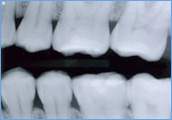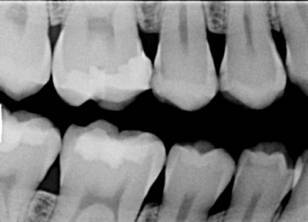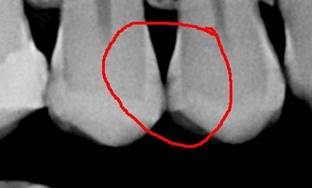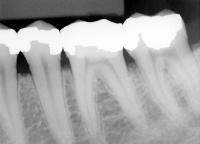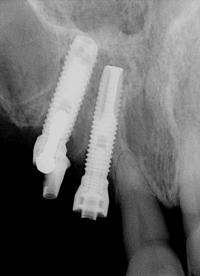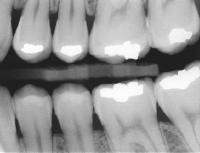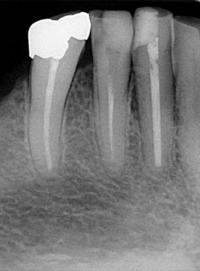Patients Experience 90% Less Radiation
Patients no longer need to be concerned about the radiation necessary to expose dental x-rays.
Our practice utilizes digital radiography. Conventional film is replaced with more sensitive computer sensors. This results in much less radiation to obtain diagnostic x-rays. It also provides the doctor with more rapid diagnostics and allows your visit to be shortened dramatically. Digital x-rays can be enhanced in numerous ways including colorization, reverse imaging, decay enhancements, etc… The x-rays can be printed or even e-mailed to our dental specialists or insurance companies.
Environmentally friendly
- No more film, chemicals, or disposal fees
- Instant images allow significant time savings
- Increased productivity
- More chair side time
- Increased treatment plan acceptance
- Affordable technology
Patient Benefits
- Reduced exposure to radiation
- Less waiting time
- Shorter appointments
- Involved in co-diagnosis
- Better understanding of treatment
X-Ray Imaging Properties:
- Resolution: The pixel resolution of the high resolution (HiRes) sensors exceeds 22 lp/mm. The standard resolution of an X-Ray image, as measured by the modulation transfer function (MTF) exceeds 12 lp/mm. This is measured by using a standard 60 kV intra-oral X-ray source.
- Dose Efficiency: The sensor will produce a high quality image with an X-Ray dose that is only a fraction of the standard dose required by Dental X-Ray film.
- Diagnostic Efficacy: The system will produce a superior image quality of images obtained when using standard dental X-Ray film. This allows the dentist to diagnose standard intra-oral pathologies encountered during screening procedures.
- Wide dynamic range: The sensor pixel well capacity is very high, allowing a higher accommodation of grayscale (bone density) dynamic range.
Disinfection Properties:
The sensor can easily be chemically disinfected. The sensor may be disinfected by wiping with CidexT.
Sensor Material Biocompatibility Specifications:
The sensor's body material and cable material are biocompatible. The sensors and all component materials have been tested to comply with ISO standards, and specifically, the sensor complies with EN30993-1 (Biological Testing of Dental and Medical Devices).
Sensor Storage Requirements:
The sensor must be stored and operated in at a temperature range between 10ºC and 40ºC.

